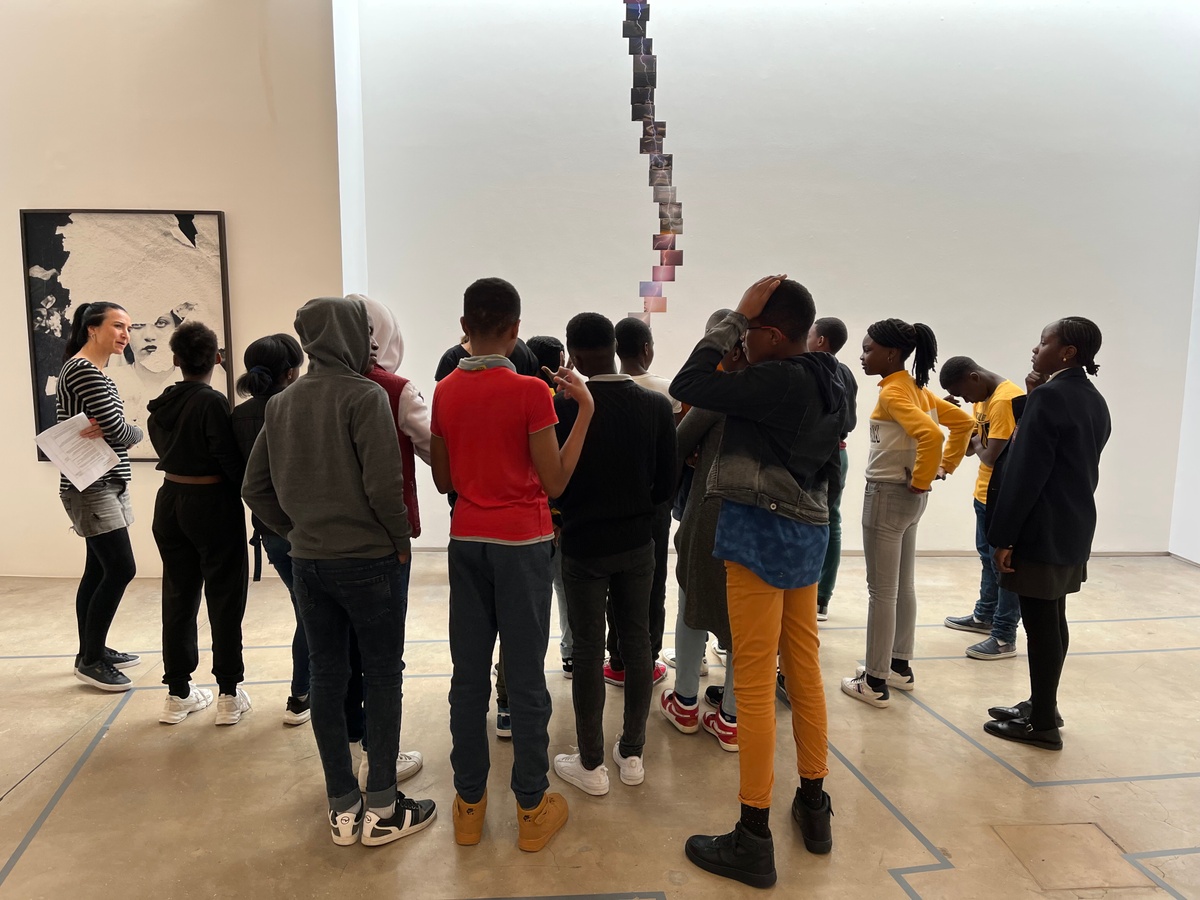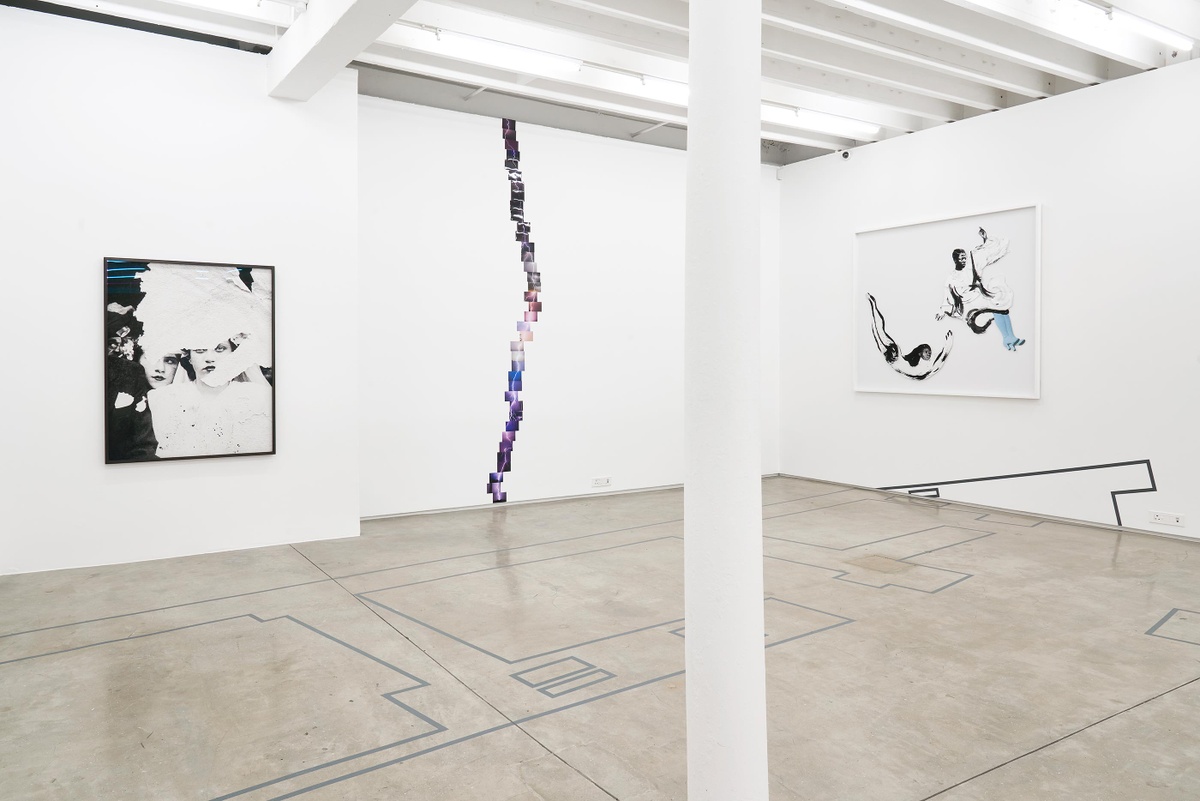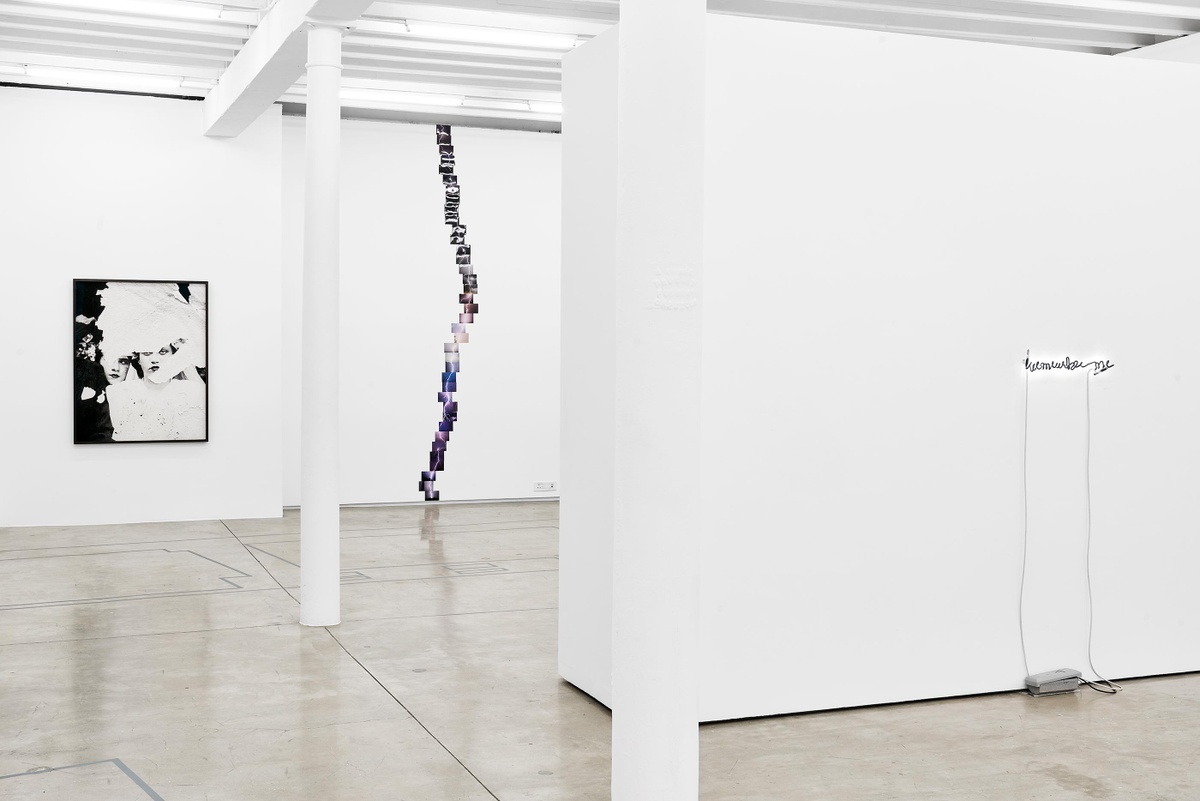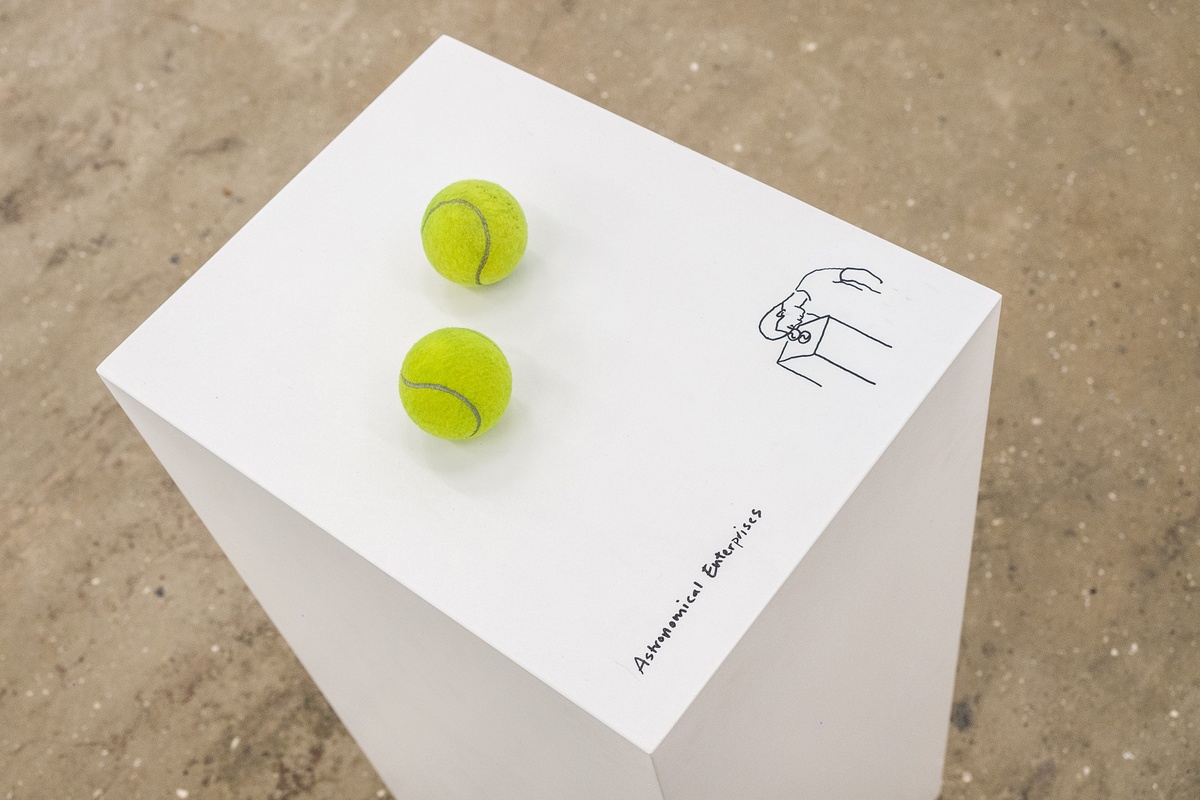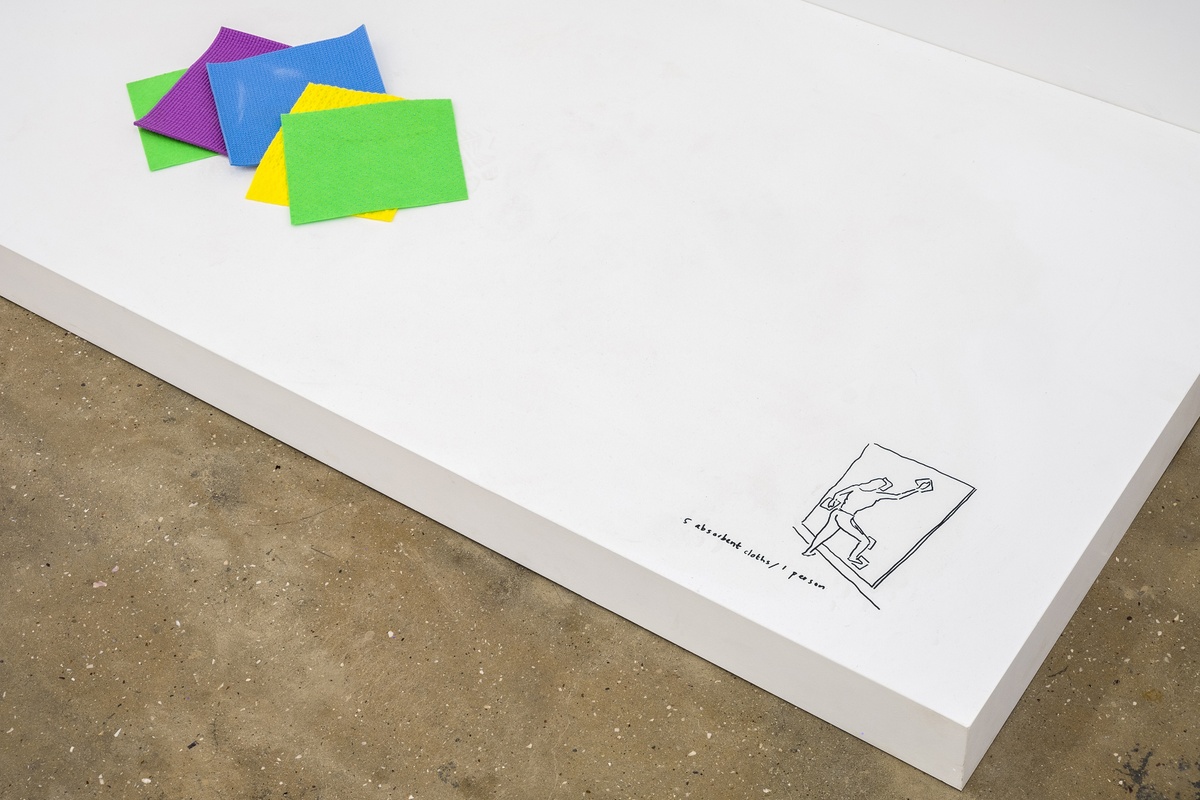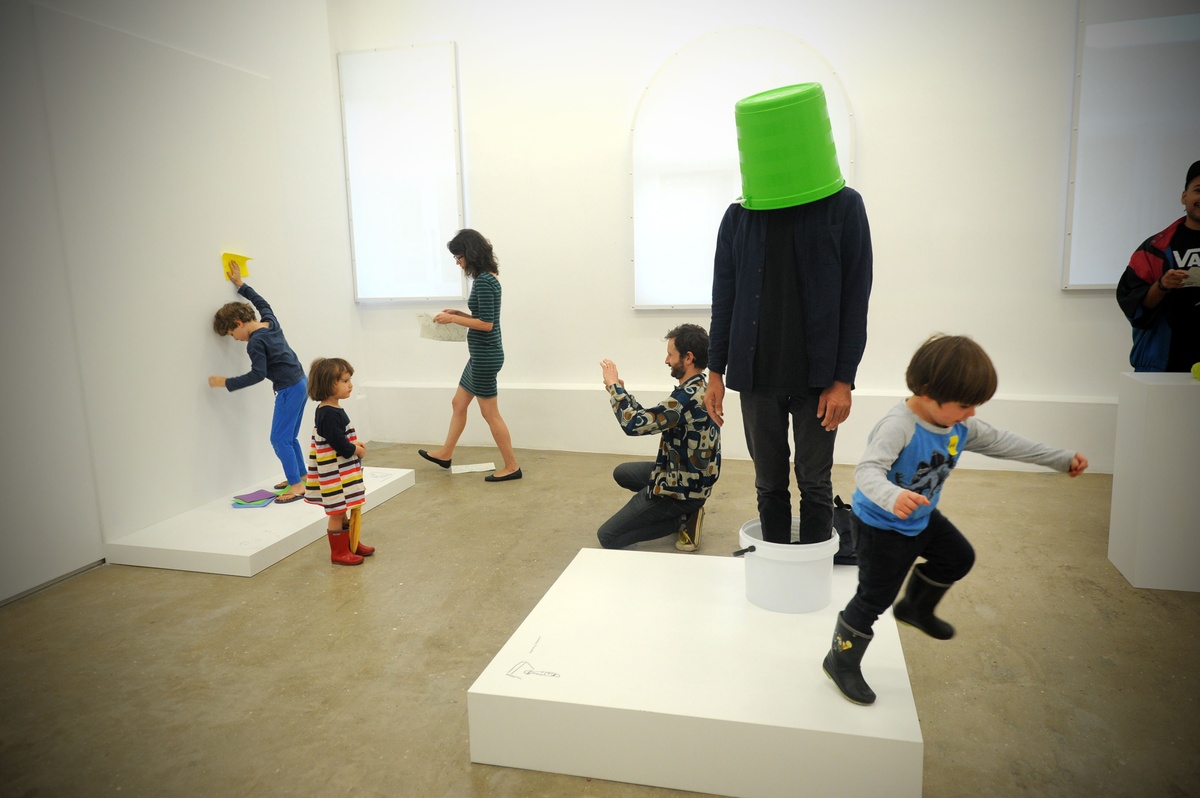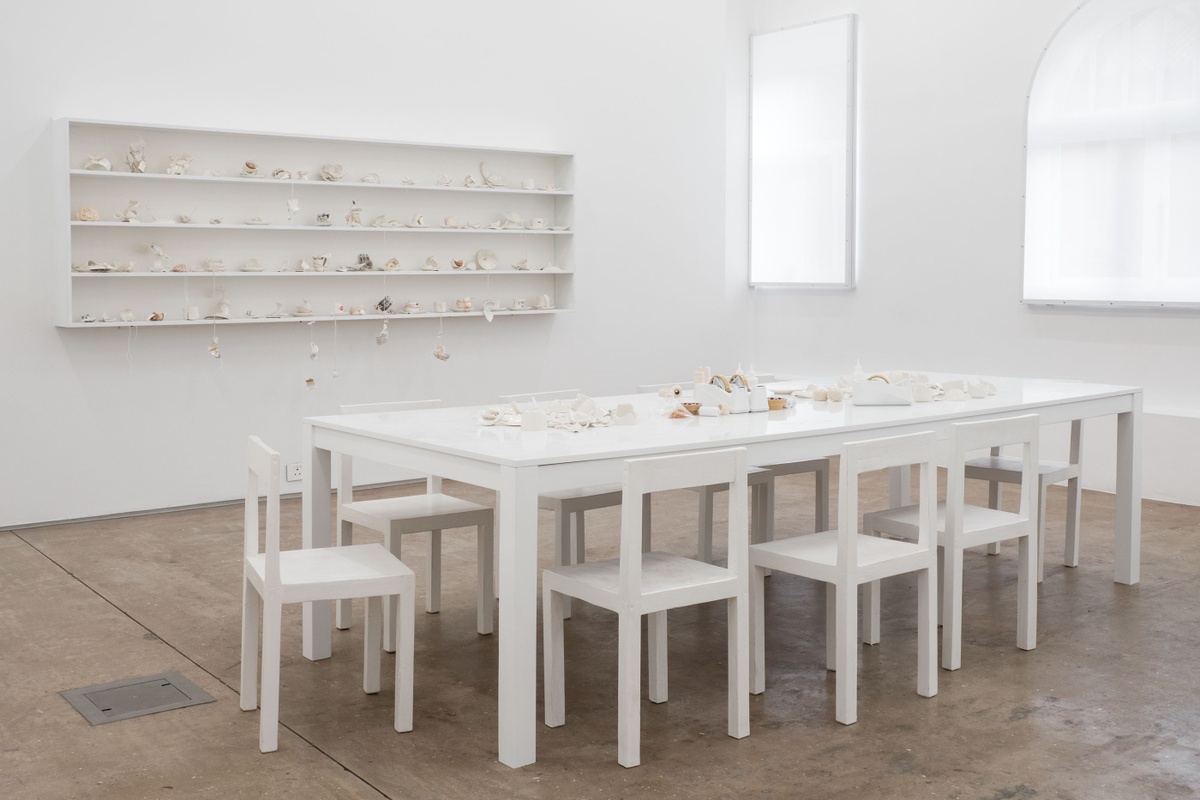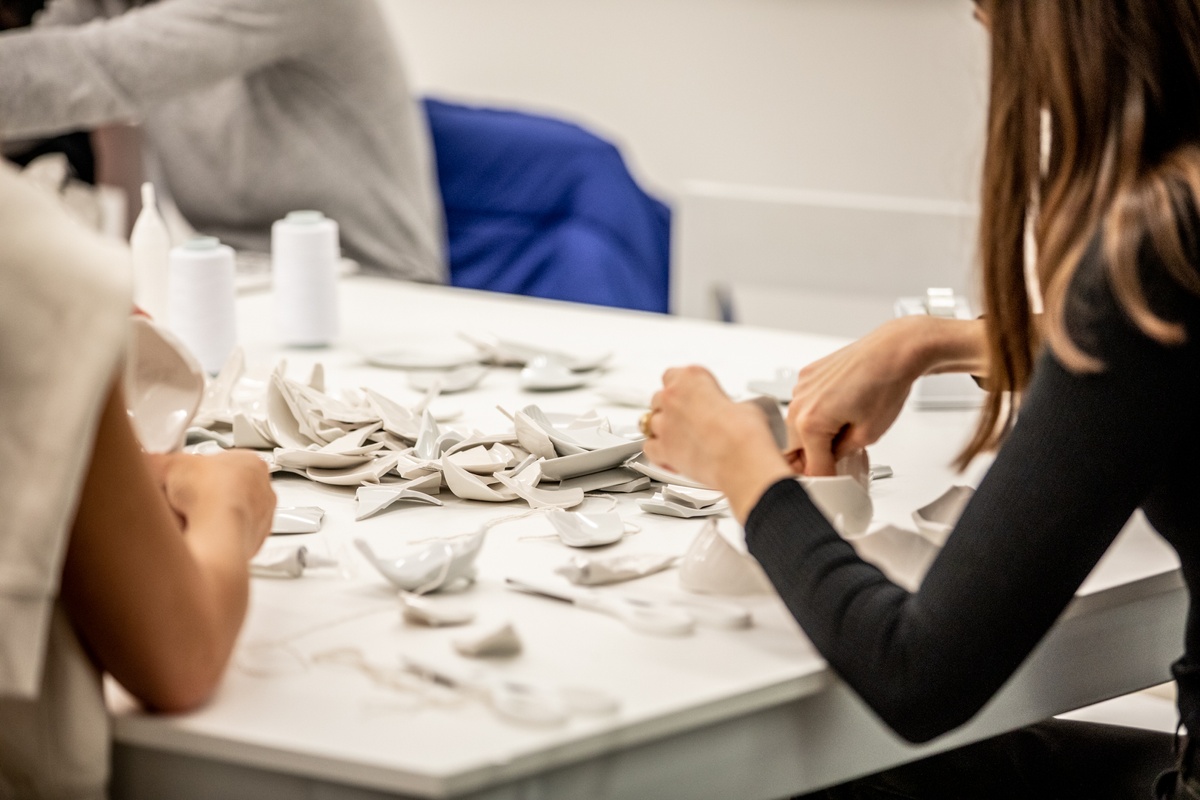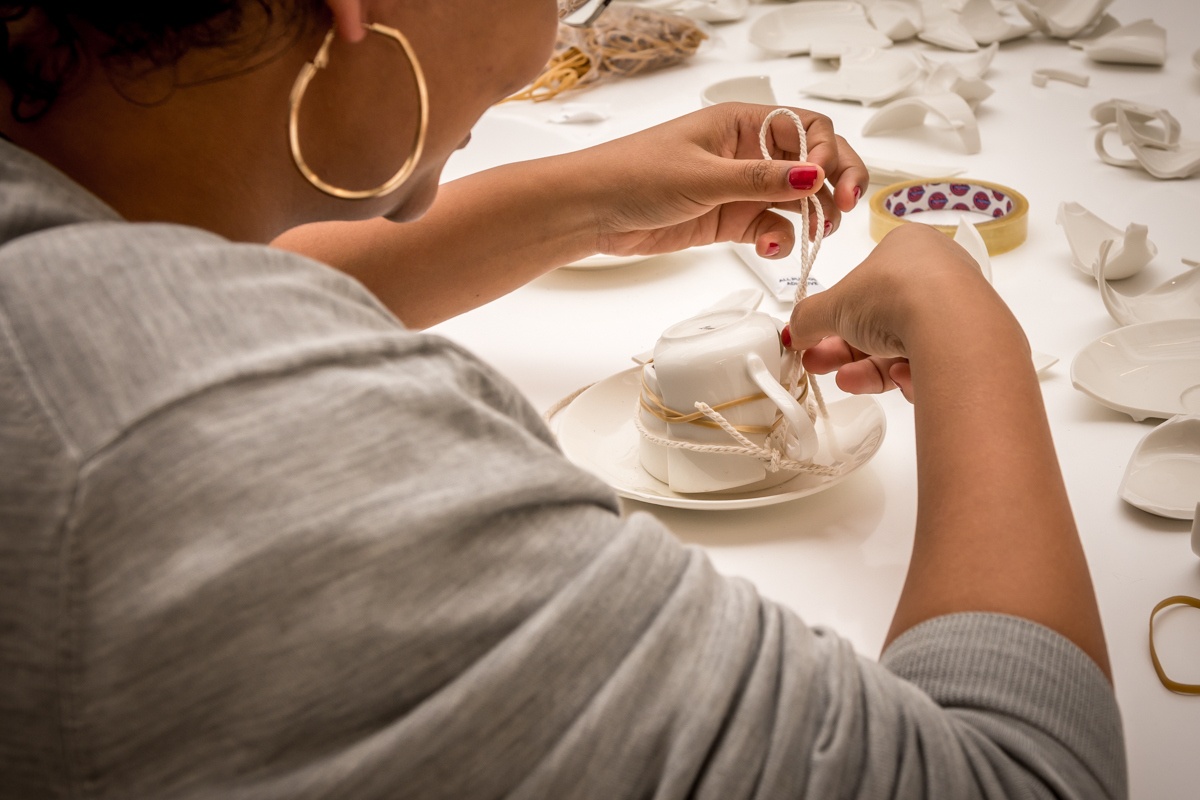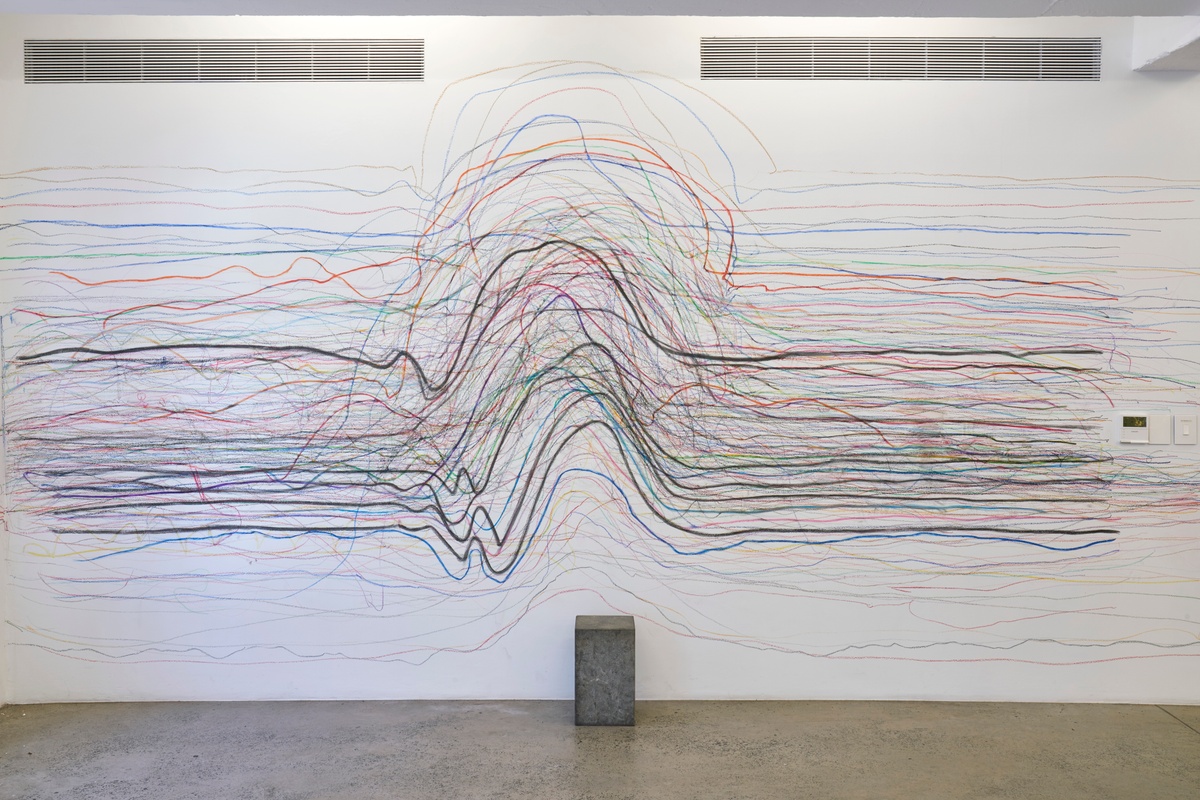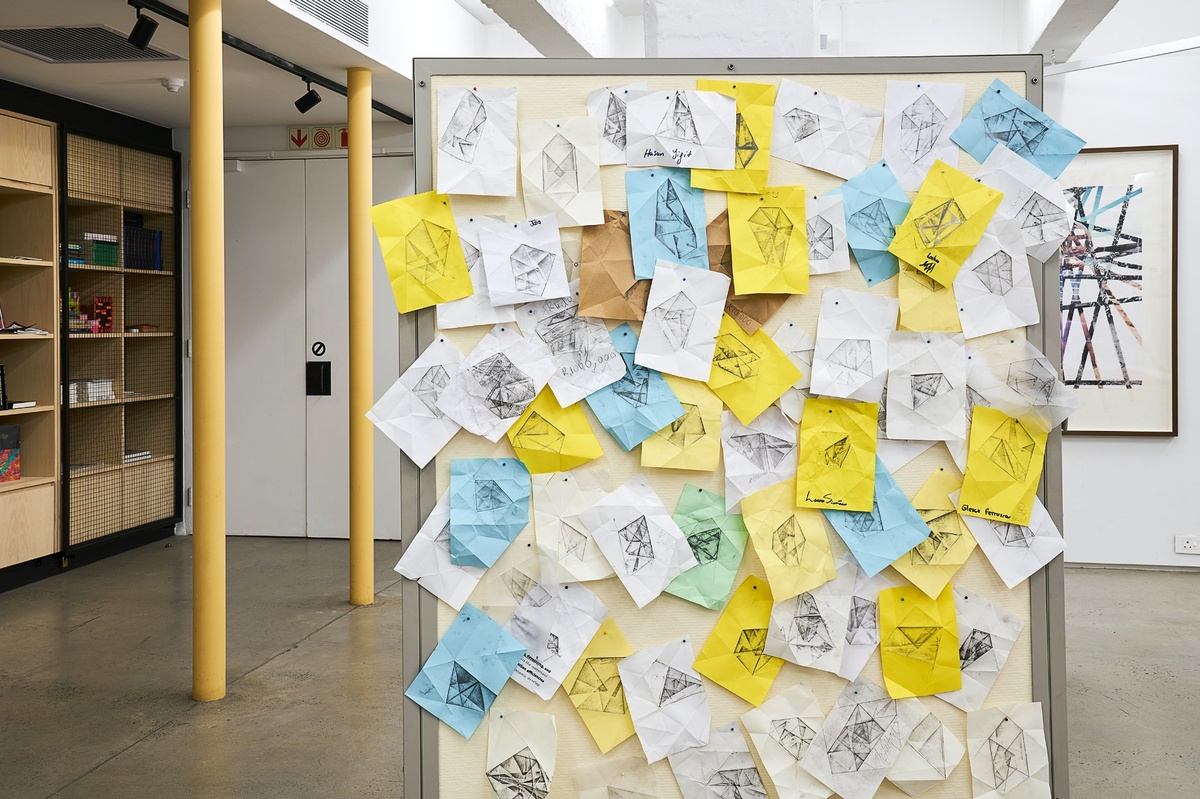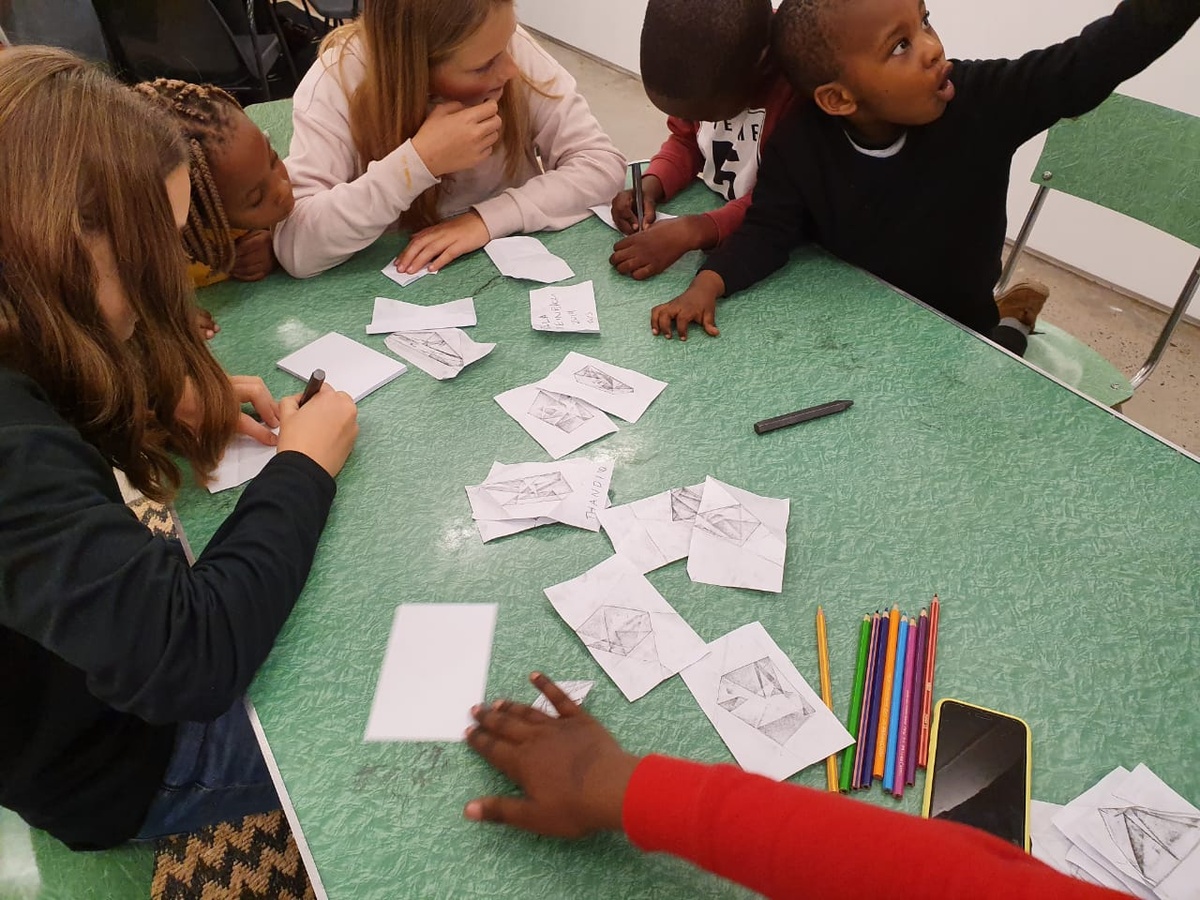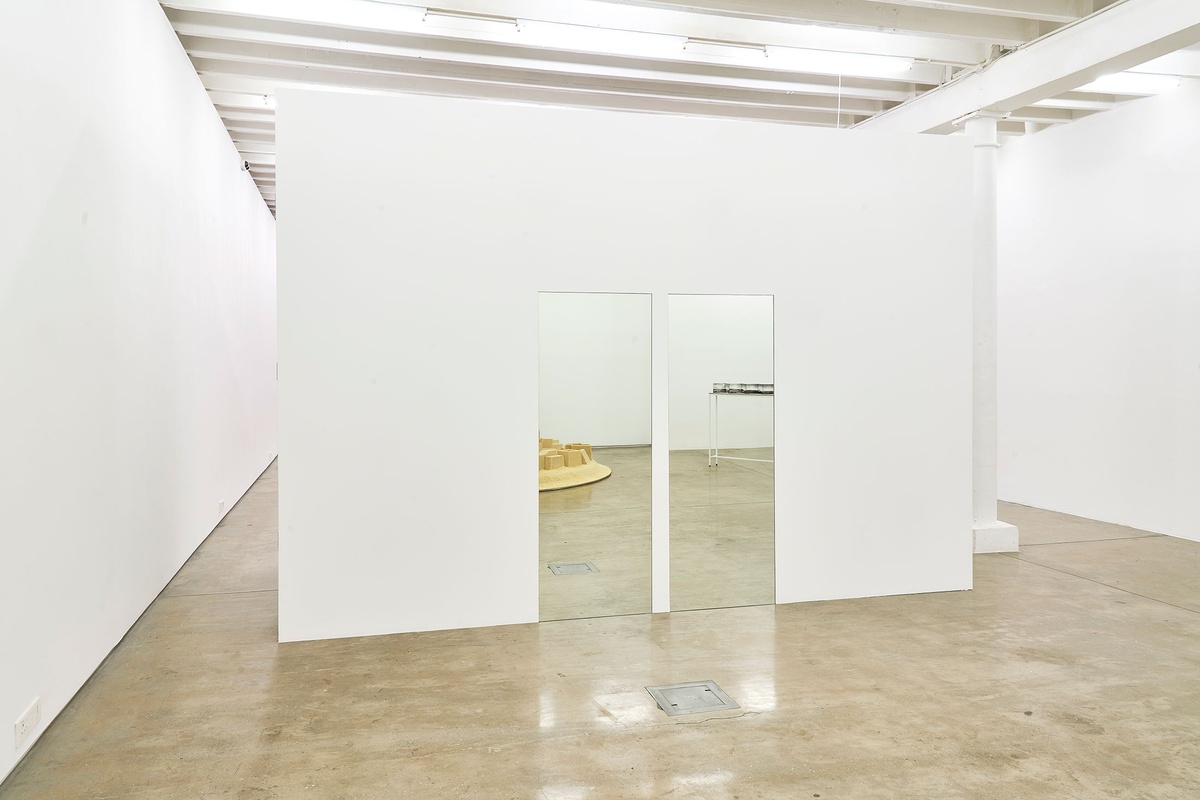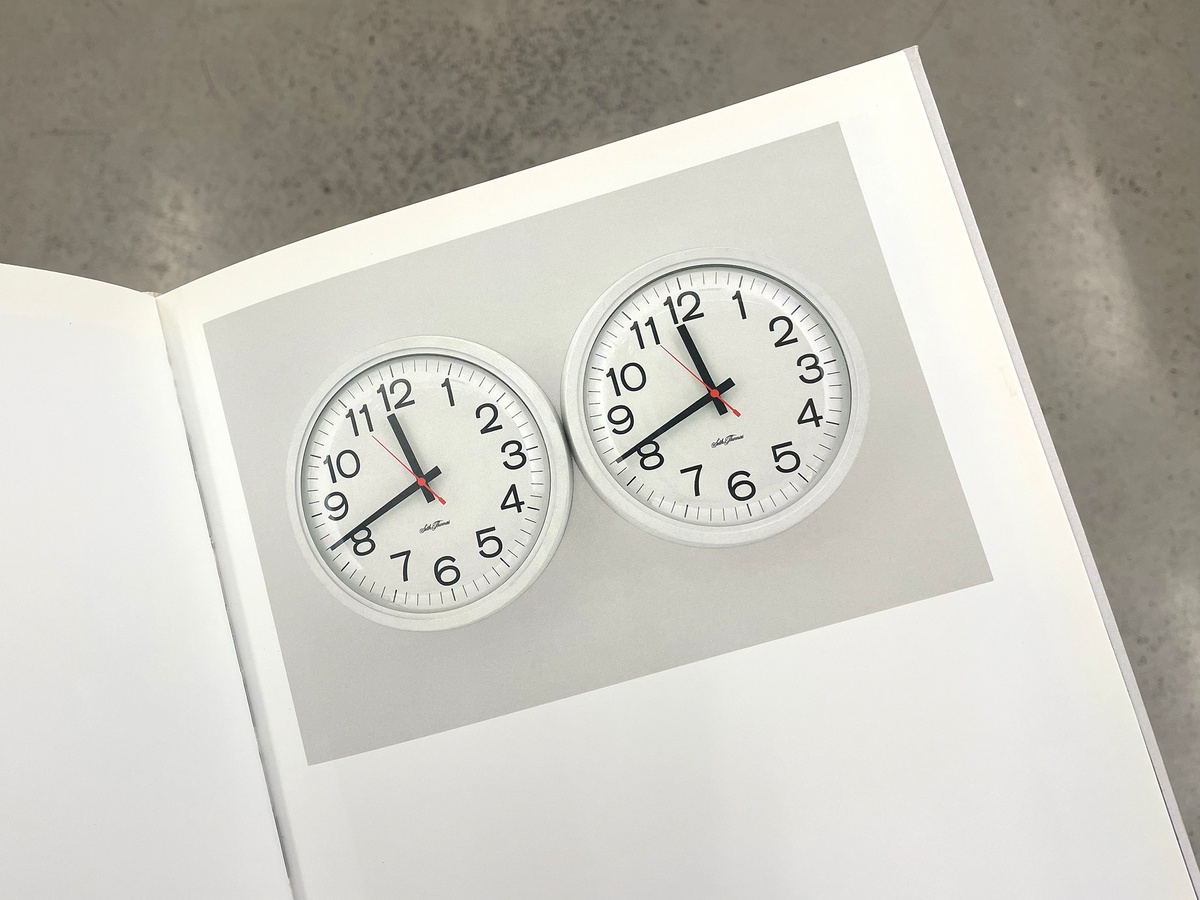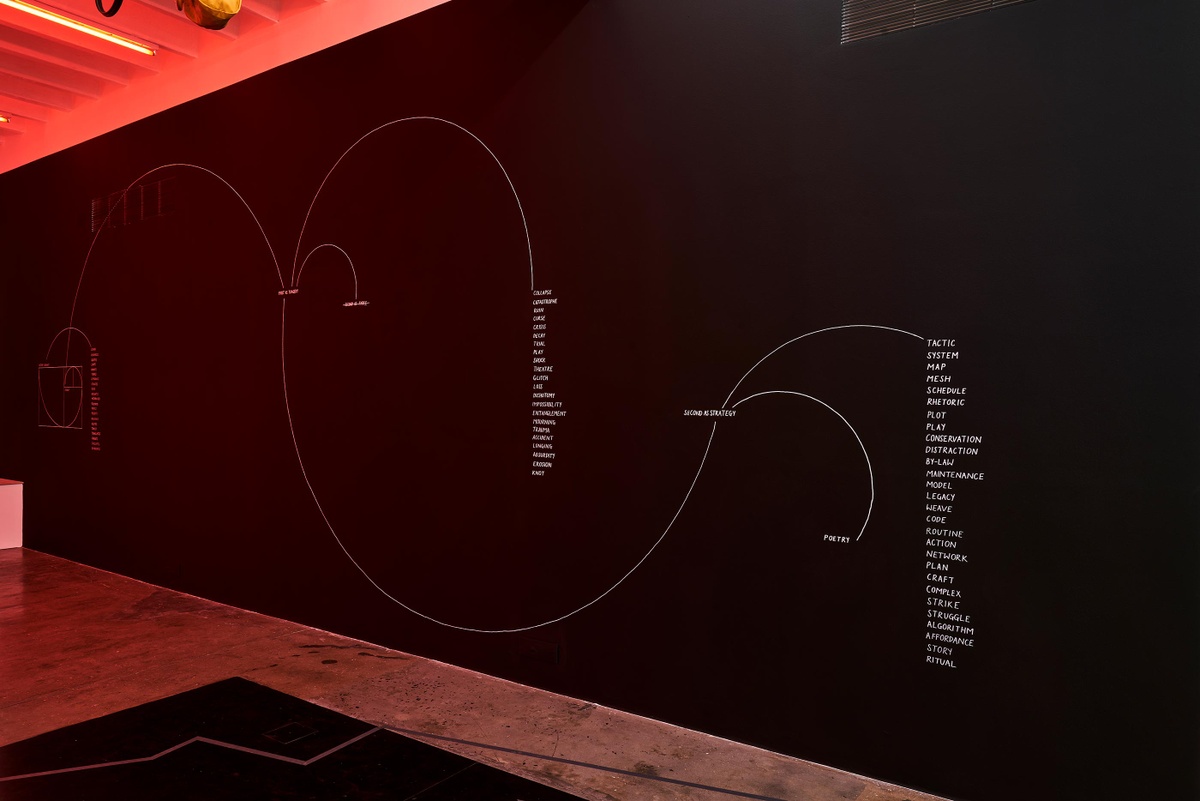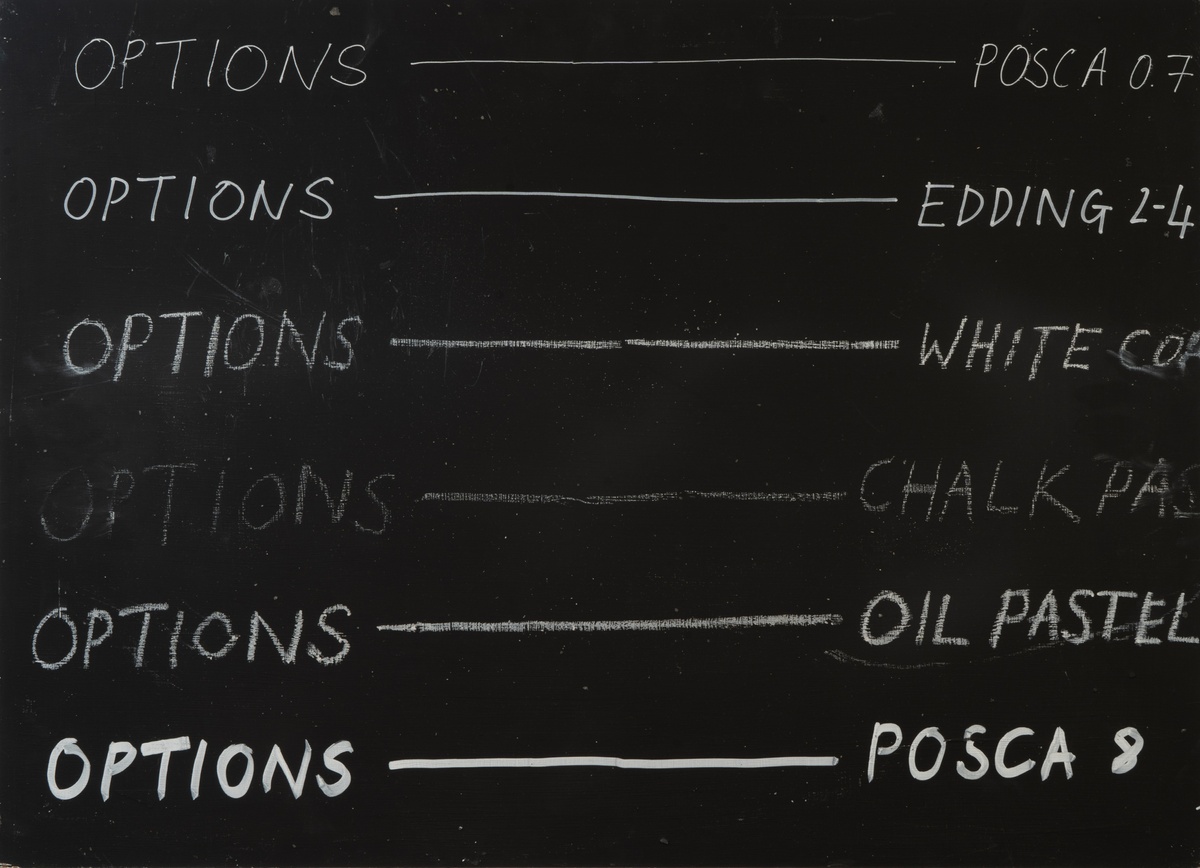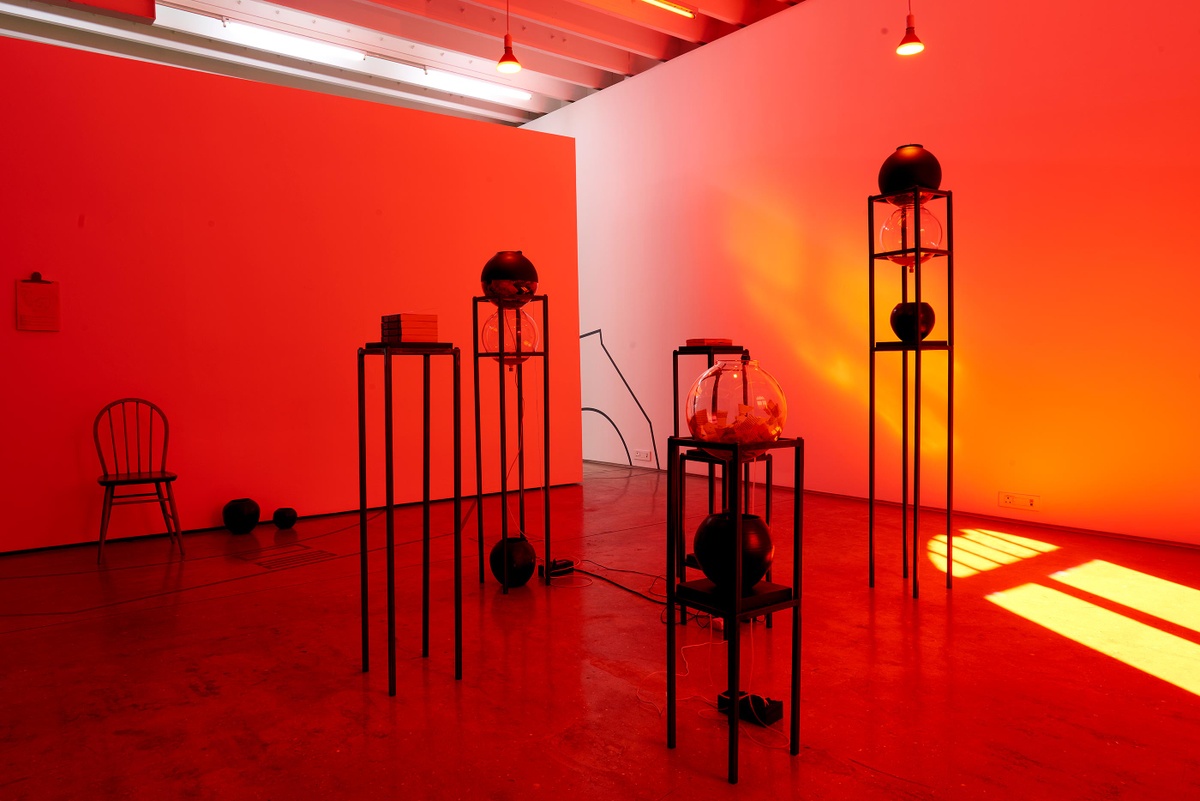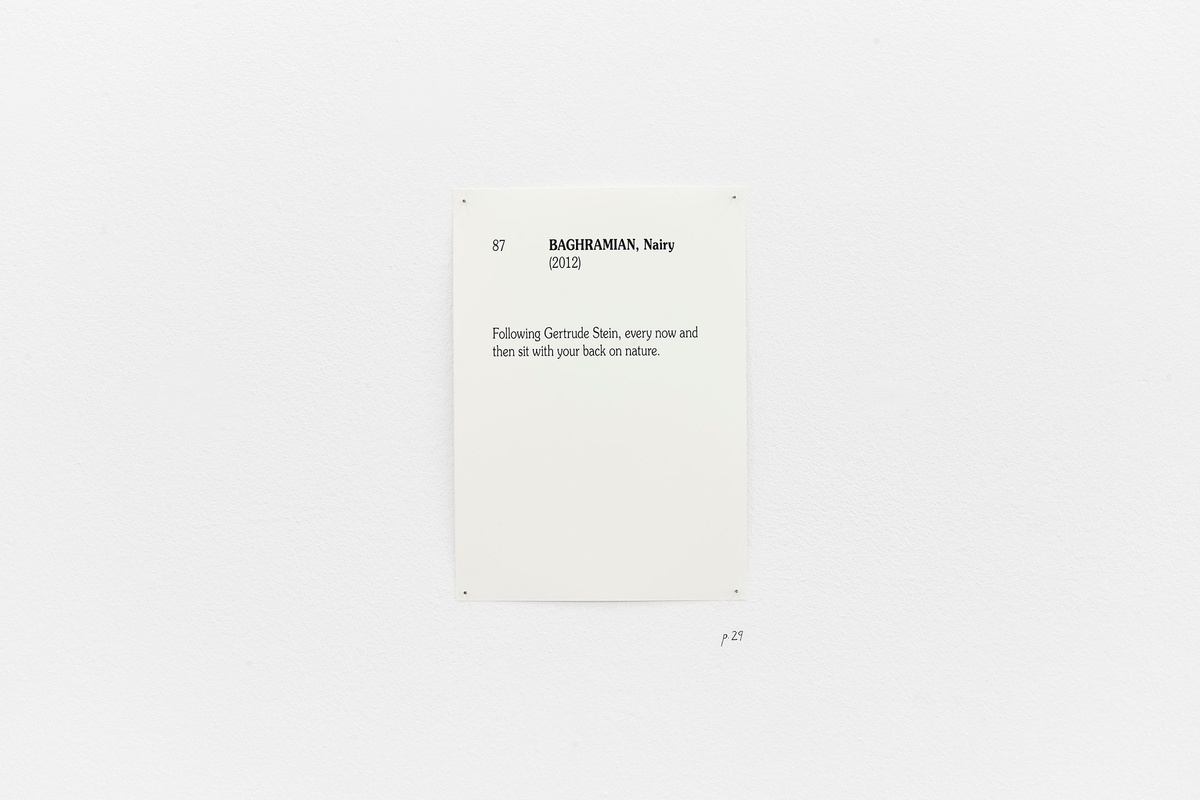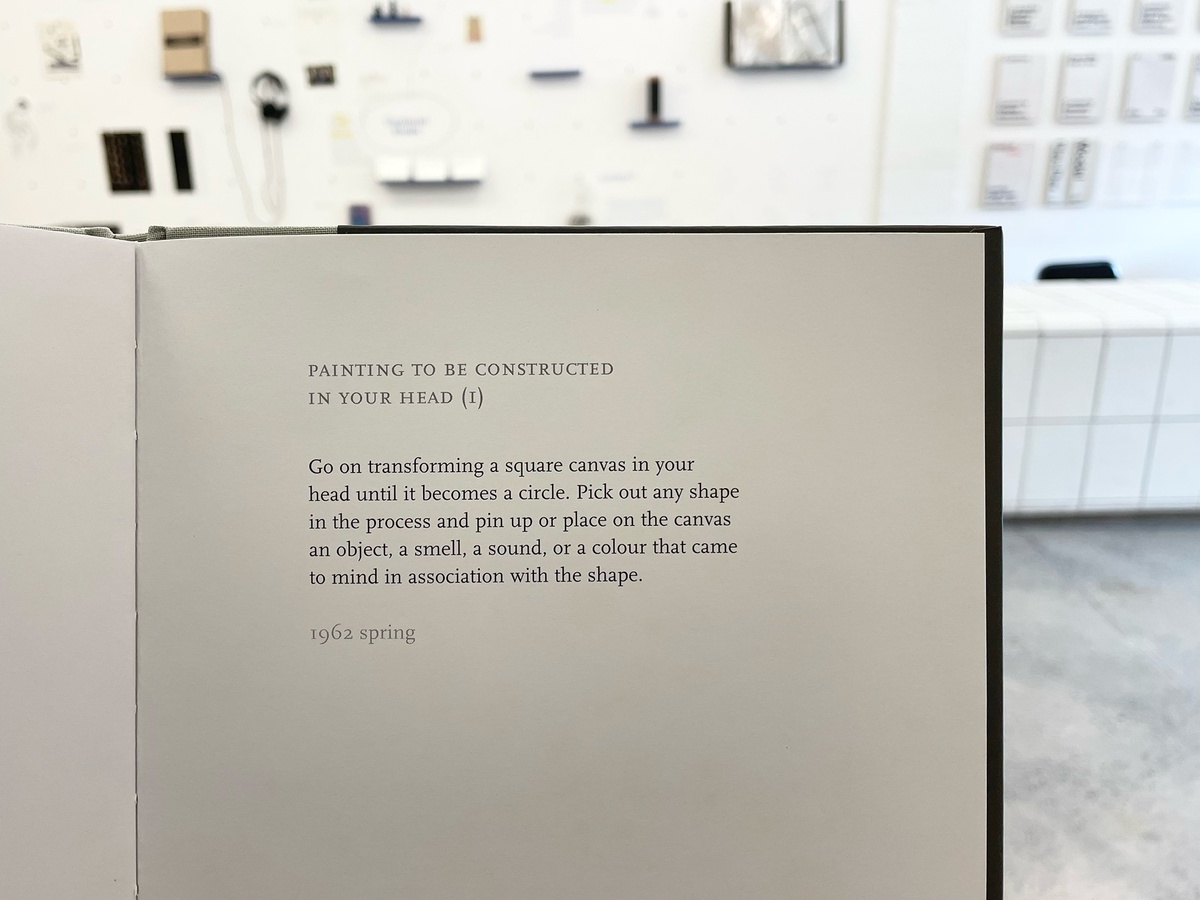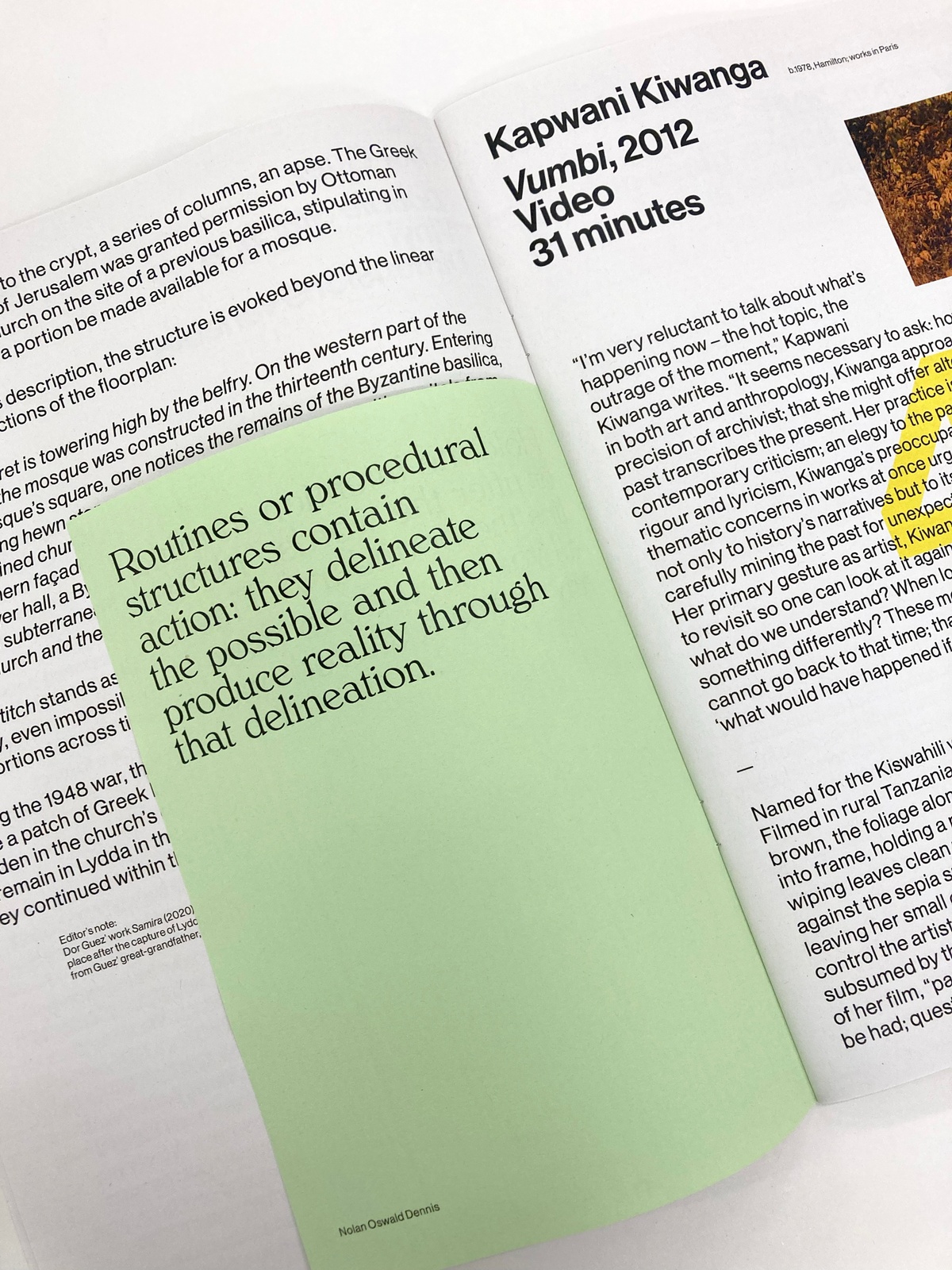Kapwani Kiwanga

‘Ground’ or ‘to ground?’ The latter: giving something a theoretical or practical basis, alternately, connecting an electrical device to the earth. Contrary to what we might think, lightning strikes in the space between atmosphere and ground, moving upwards and downwards. “I’m always trying to look at multiplicities, or multiple tellings of the same story,” says Kiwanga. Ground’s proposal, one strike made of multiple lightning bolts (from photographs found on the internet) as if soldered together – connected as one would a current – is testament to Kiwanga’s commitment to meanings being plural.
When I make an artwork, I’m trying to be in dialogue with the visitor, and I am proposing a way of seeing, or many ways of seeing. It’s an open invitation somehow for people to spend time with an idea as opposed to being presented with a discourse.
b.1978, Hamilton
“I’m very reluctant to talk about what’s happening now – the hot topic, the outrage of the moment,” Kapwani Kiwanga writes. “It seems necessary to ask: how did we get here?” Trained in both art and anthropology, Kiwanga approaches her subjects with the precision of archivist, that she might offer alternative insights as to how the past transcribes the present. Her practice is as much historical reflection as contemporary criticism; an elegy to the past and invocation to futurity. Pairing rigour and lyricism, Kiwanga’s preoccupations range across disciplines and thematic concerns in works at once urgent and materially elegant. She looks not only to history’s narratives but to its footnotes and less-familiar anecdotes, carefully mining the past for unexpected incidents and marginalised retellings. Her primary gesture as artist, Kiwanga suggests, is “resuscitating a moment to revisit so one can look at it again. And through looking at this moment again, what do we understand? When looking, does it simply remind us, or do we see something differently? These moments are reactivated fully knowing that you cannot go back to that time; that time has passed. We can look back and ask ‘what would have happened if we had embarked on another direction?’”
